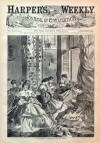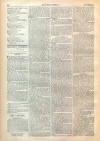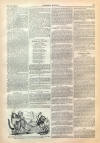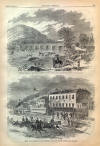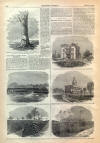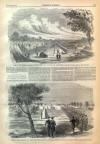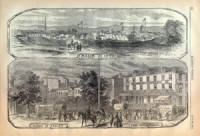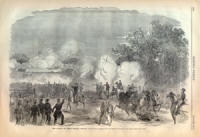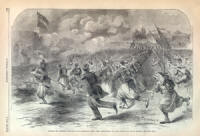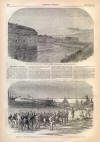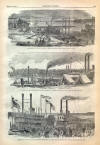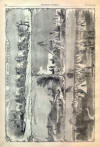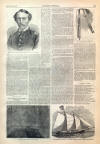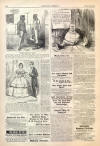Vermont Regiment
|
|
This Site:
|
JUNE 29, 1861.] HARPER'S WEEKLY. 407 CAMP OF THE VERMONT REGIMENT, NEWPORT NEWS, WITH STOCKADE AND EMBANKMENT.—SKETCHED BY SURGEON SANFORD.—[SEE PAGE 413.](Previous Page) made by the pirates, as they believed "discretion to be the better part of valor." The crew were then all taken prisoners and brought on board, from whence they were transferred to the war vessel Minnesota, lying off Charleston bar. A prize crew of seven was then detailed for the privateer, and she was sent on to this city under charge of the Master's Mate, M'Cook. RIFLE PIT FOR SENTINELS.ONE of our artists sends us the sketch on page 413, with the following by way of explanation : The practice of shooting down sentries has been denounced by all civilized nations as ultra barbarism even strong outposts remain undisturbed by enemies in war, on the humane and soldierly principle that such insignificant atoms of armies, tied, as it were, to their posts by the necessities of their position, serve no other end but useless murder by their destruction : hence the sentry is nearly as safe as the embassador. But an organized band of murderers, we hear, well acquainted with every cow-path and covert approach between Fairfax Court House and Alexandria, propose to shoot our men, Indian fashion, in detail. And under our present system of placing sentries, I confess, a crawling coward has the advantage of his upright foe. No cover can screen him from the assassin's bullet, no random fire avenge him, under existing practice in our service, especially at night. But I wish to draw your attention to a very simple plan to circumvent the prowlers, which the writer has seen practiced with complete success, and which I endeavor to illustrate in this night picture. If you place a sentry on an open plain he is a fair mark from the nearest rock or coppice; if near such rascals, or in a wood, he is sure to perish; but place him in a pit (the work of a few spades for half an hour) deep enough to involve him to the chin, and I will answer for his safety and efficiency! I do not mean a common rifle pit, for there the earth taken out is thrown up toward your foe, and your eye is consequently some distance above the level of the earth. Nor do I mean a trou-de-loup to entrap an incautious foe. But a simple pit, in shape like the letter T, of any size as to space, but about five feet in depth, and the removed earth either taken away or carefully distributed so as not to interfere with the surrounding level. The effect of position, indeed the science of seeing, is very little understood; and this is one result. A kind of haze appears to ascend from the earth, spreading around every object on its surface an indescribable glow, and the darker the tree-tops the more perfect the luminousness. But the eye must be on a level with the earth, and some time accustomed to the natural darkness, as in the case of sentries. I should be glad if our soldiers, who have to civilize the chivalry, would give this fact a fair chance; it would save some valuable lives to the patriots, and be a mysterious stronghold against any number of assassins. The best riflemen in Europe, the Sardinian Bersaglieri, have adopted this plan, and actually "go to earth" even on a reconnoissance, as at Kamarg and Baidar. I have tried to give you a night view of the pit and its occupant, the ground in front, and a dark forest in the distance, with the luminous effect surrounding the crawling figure near the tree on the left of the sentry, without any attempt at making an effective picture, and with only enough of exaggerations to define my recollection. I know you will give the suggestion a place in your valuable newspaper. CAMP OF FIRST REGIMENT NEW YORK VOLUNTEERS, COLONEL ALLEN, NEAR FORTRESS MONROE. SKETCHED BY OUR SPECIAL ARTIST.-[SEE PAGE 413.]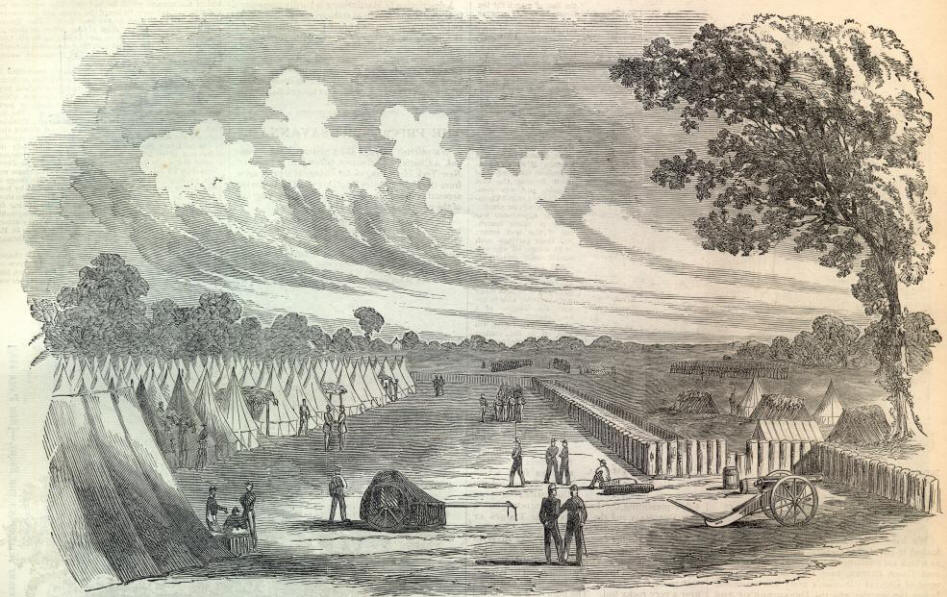 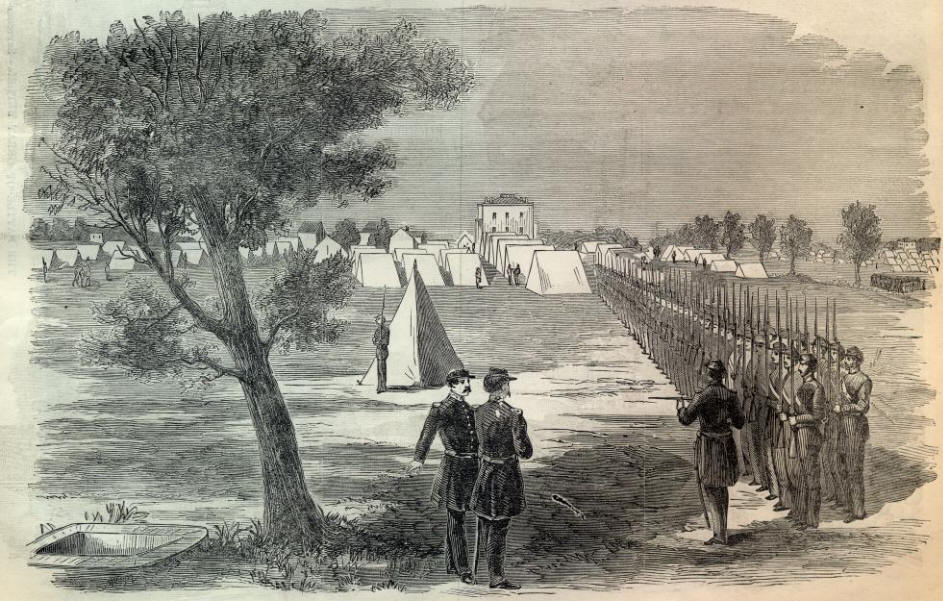 |
||||||||||||||||||||||||
|
|
||
|
|
Site Copyright 2003-2018 Son of the South. For Questions or comments about this collection, contact: paul@sonofthesouth.net |
|
|
Are you Scared and Confused? Read My Snake Story, a story of hope and encouragement, to help you face your fears. |
||
